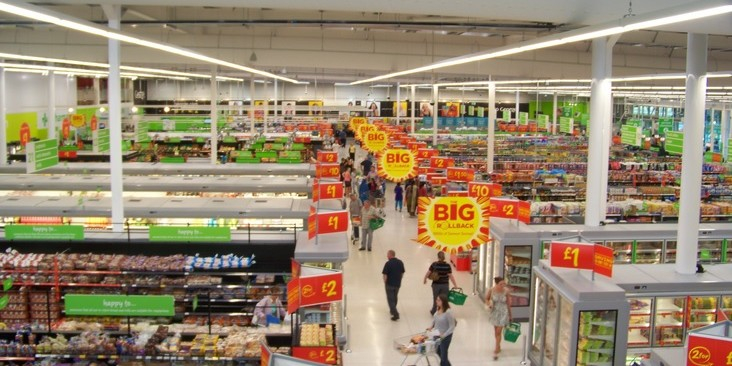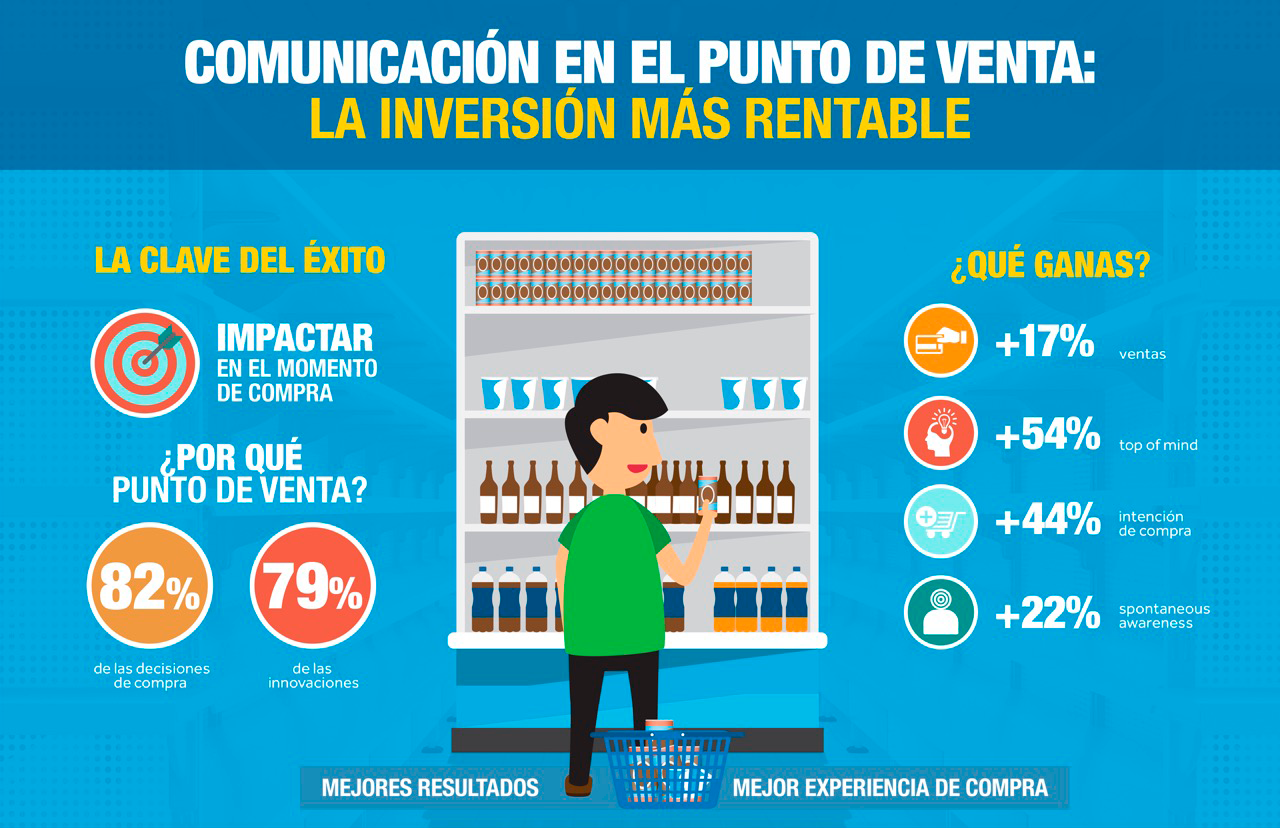
With consumers over exposed and hyper-stimulated with advertising impacts (they can receive more the 3,000 commercial messages every day) and who reject intrusive advertising by getting more and more rational and demanding in their purchase decisions, it is vital to select the right time to impact them, as well as the best means to put across with them, both to meet communication targets and to optimize advertising investment; This is the key to success.

Point-of-sale advertising offers a significant return on investment (ROI), whether measured in sales or notoriety. Throughout advertising campaigns, greater visibility of the brand and / or product is generated, new customers are loyal and captured and product or service qualities are presented directly.
Beyond the immediate sale, the ads seek our attention with a non-intrusive communication that allow us to discover, visualize and test products.

Outlets, of any type, are increasingly conceived as large showrooms or storefronts.
They are a key place for the purchase decision. Although online acquisitions, gain ground and are part of the increasingly omnichannel and digital brands strategy, 82% of decisions are still made in the store.
The point of sale is the place where consumers know 79% of product innovations, twice as much as in other media such as television or internet.
The physical store remains, therefore, the most receptive and least saturated.

After recent studies, we know that the point-of-sale advertising achieves, on average:
- Plus 17% increase in sales.
- Plus 44% increase in purchase intention
- Plus 54% more top of mind - brand or product that comes first in the mind of the consumer
- Plus 22% increase in spontaneous awareness of the by the consumer.


